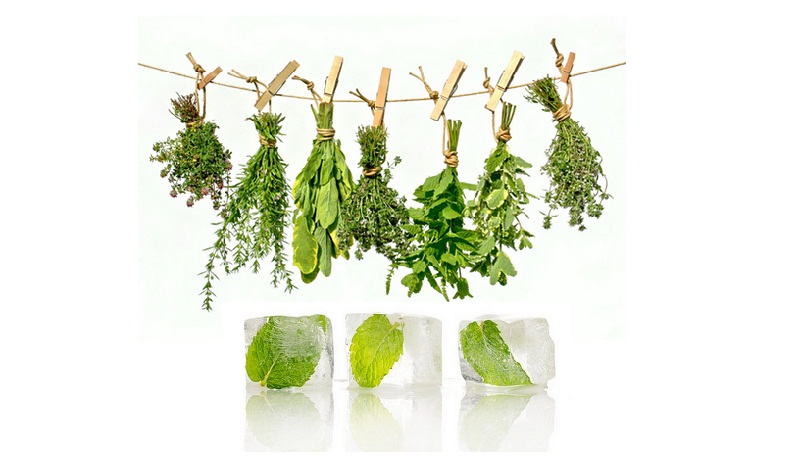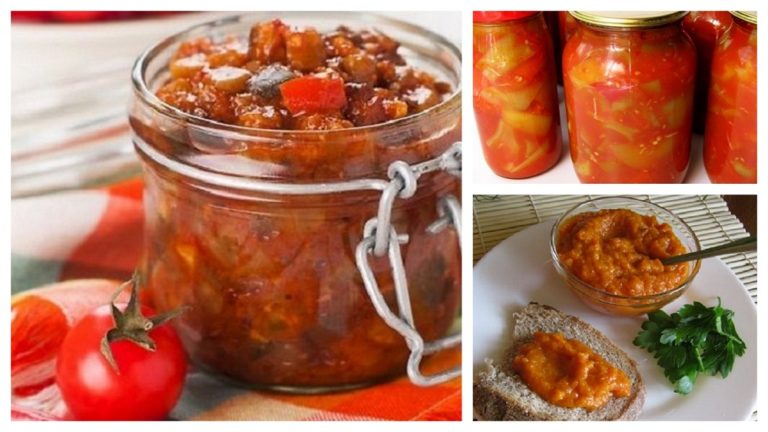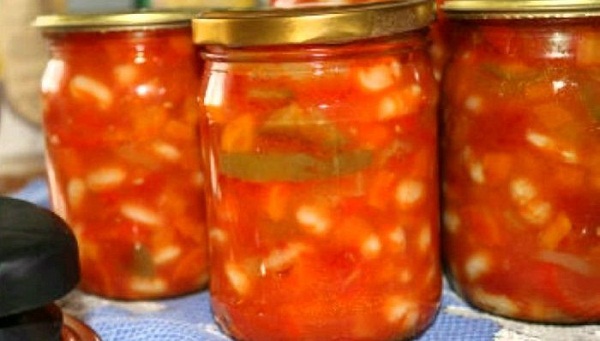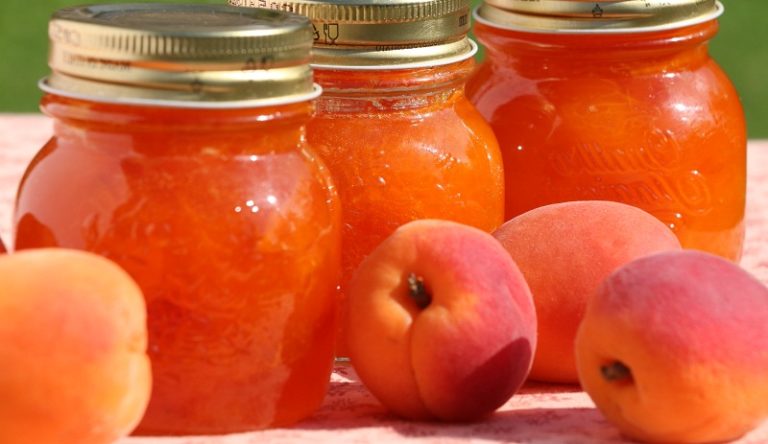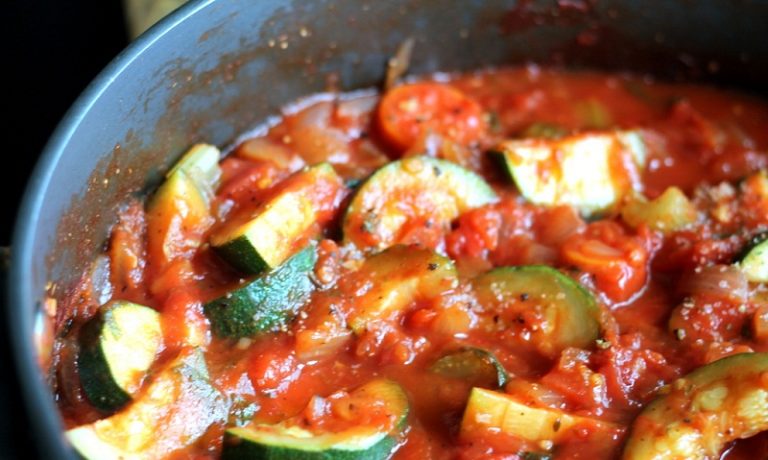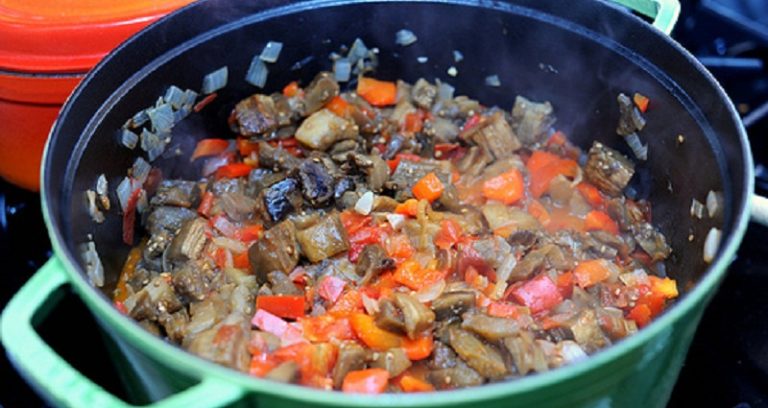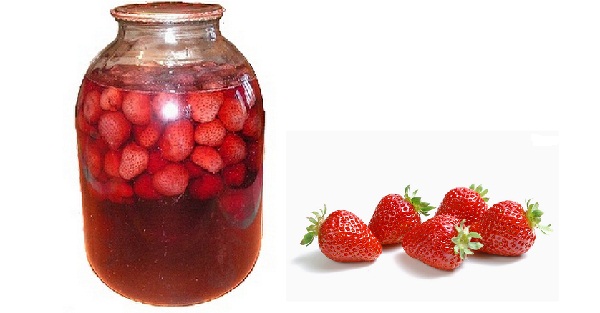Harvesting herbs for the winter
Harvesting herbs for the winter is quite a rewarding business, because you can make fragrant tea in winter, and use dried or frozen herbs in cooking, for soups, main courses and seasonings for meat.
The smell of herbs will always remind you of the aroma of summer.
Harvesting parsley, celery, dill, mint, basil, rosemary, mint, lemon balm, lavender and other herbs for the winter is a fairly easy and interesting task.
When to collect herbs
It is necessary to collect herbs at the time of the highest content of essential oils in them, as a rule, before budding, because after that the plant mainly directs all its forces and juices to the formation of flowers and seeds. The best time to collect herbs is shortly before flowering, always in dry, sunny weather. If you need flowers and seeds, collect herbs during flowering or shortly before the seeds ripen.
Watch the video recipe: Cherries in their own juice.
Виростити пряні трави на підвіконні, вам допоможе стаття:
“Growing greens on the windowsill”
The most favorable time to collect herbs:
- lemon balm, coriander greens, fennel, dill, wild garlic are harvested before flowering;
- at the beginning of flowering – peppermint, thyme, marjoram, sage and savory;
- during flowering – oregano, yarrow, chamomile, lavender, arnica;
- shortly before the seeds ripen – coriander seeds, fennel, cumin, dill.
It is necessary to collect herbs only in good dry weather, in the morning or in the evening, when the dew has already disappeared from the leaves. It is advisable not to water spicy herbs on the eve of harvesting, but after harvesting, for better growth of new leaves or stimulation of new inflorescences, they should be well watered.
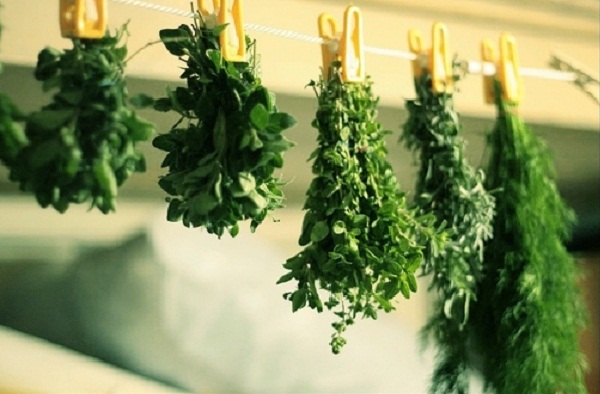
How to dry herbs
Drying herbs is one of the most popular ways to harvest herbs for the winter. Positives in drying: dried herbs are perfectly stored, require a minimum of space, and practically do not lose their beneficial properties. The main thing is to adhere to the drying technology.
In order for herbs to retain the maximum amount of nutrients and not lose their inherent aroma, they need to be properly dried. Carefully chop the parsley, dill, lemon balm or mint, rinse under running cold running water and put in a colander to dry (or use a salad dryer). When the water drains, spread the sprigs of greens on a kitchen towel and leave for 30-40 minutes to dry. Next, tie the fragrant herbs into bunches and hang them in a shady, dry room that is well ventilated. Depending on the type of greenery, drying in this way can take from four to seven days.
Spicy greens are considered well-dried if they have not lost their natural color and acquired a brighter, richer smell. It crumbles easily in the hands, almost instantly turning into powder.
Important! Do not leave well-dried herbs in the air – overdried greens turn yellowish and almost completely lose their aroma. And remember, the main rule for storing herbs is careful packaging in tightly closed glass jars.
KvitkaInfo offers to make your own dry seasonings for making sauces, salads, soups, omelets, meat dishes…
Italian herbs
Italian herbs consist of dried herbs and vegetables in equal proportions, namely: basil,parsley, oregano (oregano), garlic, dried sweet peppers, onions, rosemary, cumin (whole).
This composition of herbs and vegetables is used to make pizzas, soups, sauces, meat dishes and side dishes. This mixture will give your dishes a fragrant flavor bouquet characteristic of Italian cuisine.
Provencal herbs
Provencal herbs include the following dry herbs in equal proportions: oregano, basil, marjoram, rosemary, mint, thyme, savory, sage.
This composition of herbs with a wonderful aroma will give your dishes an exquisite taste and smell. With these herbs you can prepare the following dishes: cold and hot soups, omelettes, pizzas, salads, for fish and poultry.
Mediterranean herbs
The composition of Mediterranean herbs includes the following dry herbs in equal proportions: oregano, dill, coriander, marjoram, savory, parsley.
This composition of 6 herbs is suitable for making sauces, salads, meat dishes and sausages.
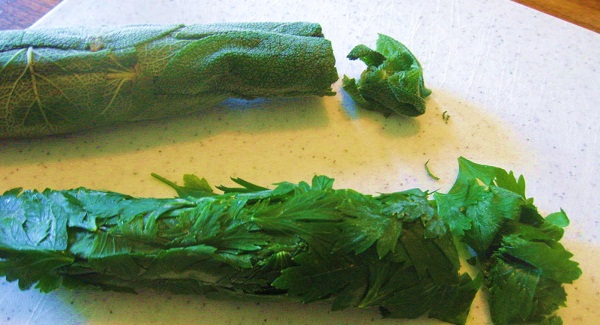
How to freeze greens
Freezing, another method of harvesting herbs for the winter. Most often frozen: parsley, dill, celery, basil. After all, frozen parsley contains twice as much vitamin C as grown in winter in room (greenhouse) conditions.
Highlight a corner in the freezer where spicy greens will be well stored and delight you with vitamins, taste and aroma of summer almost all year round.
Ways to freeze greens
Freezing whole and chopped greens
You need to freeze greens as follows: wash herbs and herbs in cool water and place on a towel to dry. Arrange the prepared greens on a shelf in one layer, leave for 2 hours in the freezer, and then put them in a plastic bag or plastic container. Or fold the greens in portions.
You can also freeze already chopped greens, after drying, finely chop it and pour it into a container. That’s it, the greens are ready for the winter.
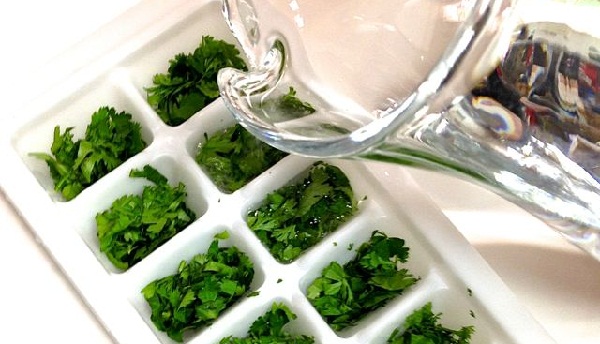
Freezing in the form of ice cubes
Finely chop dill, parsley, celery or basil, put in ice cube trays and tamp thoroughly. Pour some water on top and send the prepared greens to the freezer. Pour the finished cubes into a bag, and reuse the molds. A couple of such cubes, thrown into a saucepan in winter, will give any dish a summer flavor.
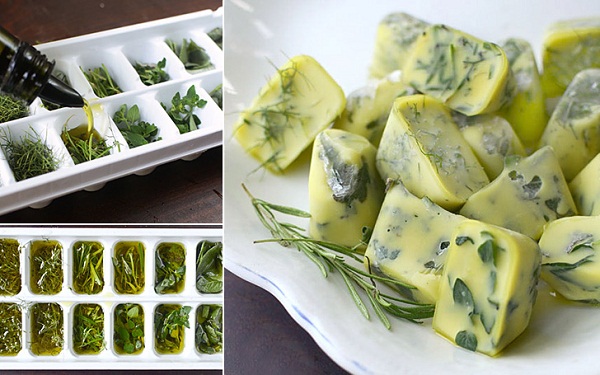
Freezing greens in oil
Freezing herbs in oil or butter is a great way to make herbs ready for winter stews, soups, and potato dishes. These dishes tend to require oil, and you can easily take the herbs in oil out of the freezer and use them as the base for your meal.
- 7 кроків для заморожування трав в олії або у вершковому маслі
- Choose firm and fresh herbs.
- If you want, you can chop them finely. Or leave with twigs and leaves. Or you can combine finely chopped and whole
- Put the herbs in ice cubes about 2/3.
- Pour olive oil or melted, unsalted butter over the herbs.
- Cover with plastic wrap and place in the freezer overnight.
- Remove frozen cubes from the mold and store in the freezer, in containers
- Don’t forget to label each container or bag with the type of grass (and butter) inside!
What you need to know about freezing greens
- do not use metal and glass to freeze greens;
- do not thaw frozen greens before use;
- Do not store frozen herbs for more than a year.

